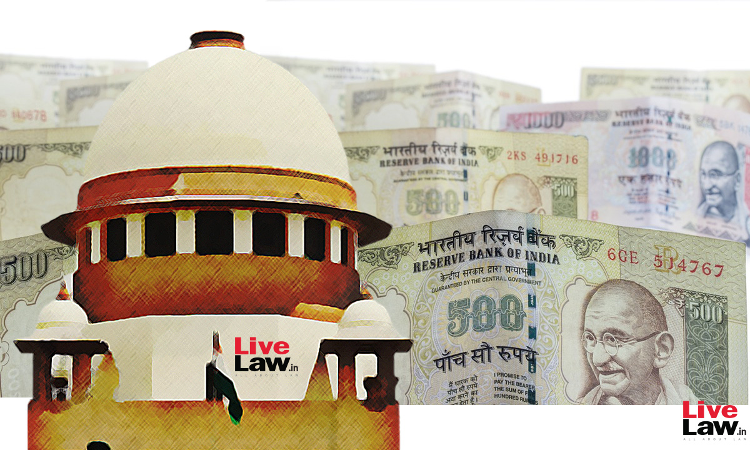How The Supreme Court Dealt With 1978 Demonetisation Of High Value Currencies?
LIVELAW NEWS NETWORK
27 Nov 2022 12:56 PM IST

Next Story
27 Nov 2022 12:56 PM IST
Nearly six years after the demonetisation of high-value currency notes of Rs 500 and Rs 1000 sent shockwaves through the nation, this controversial decision of the Union Government has come under the public scanner again. A Constitution Bench of the Supreme Court on October 12 began hearing a batch of 58 petitions challenging the November 8 circular that effectively pulled out 86% of the...
